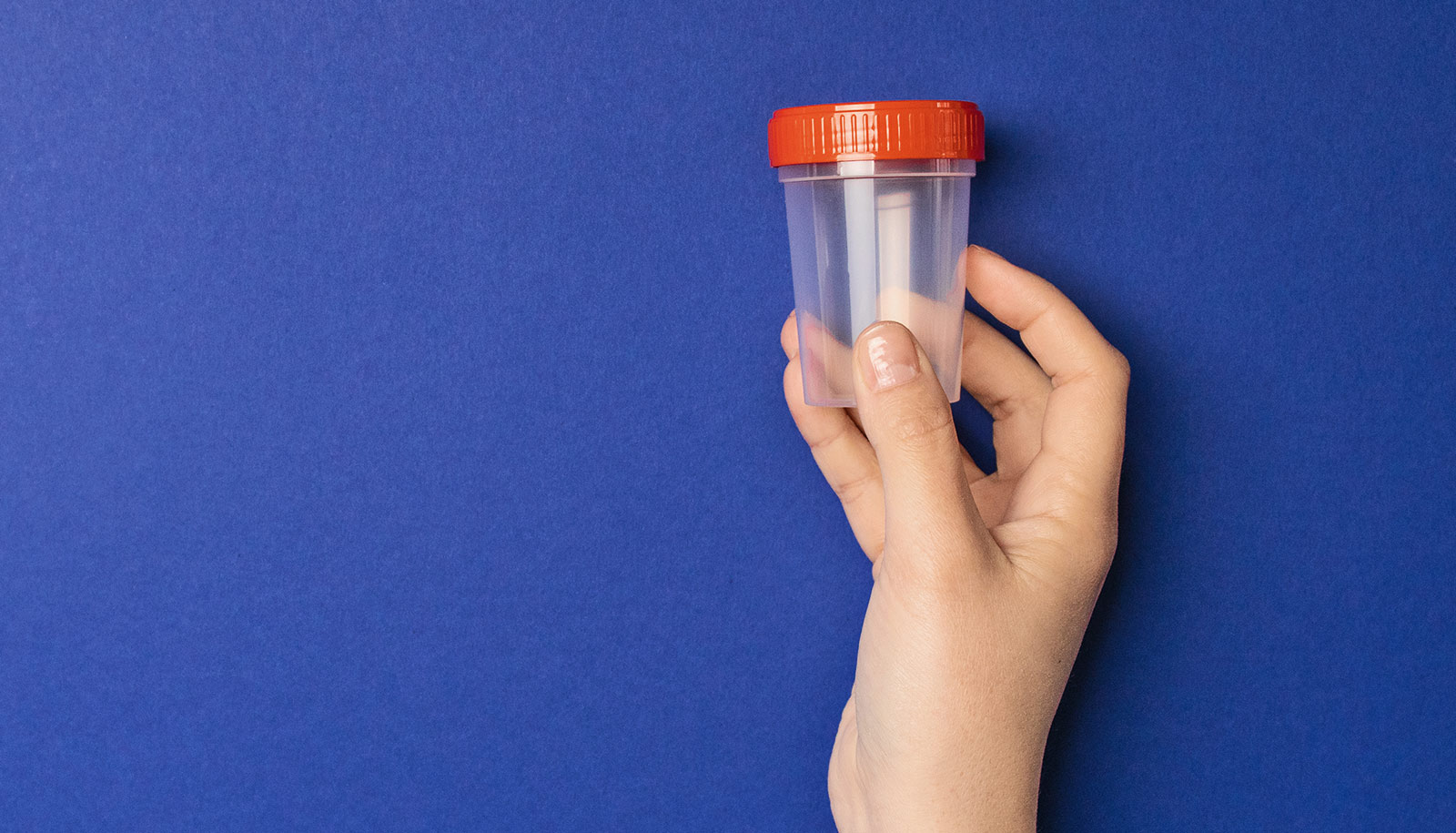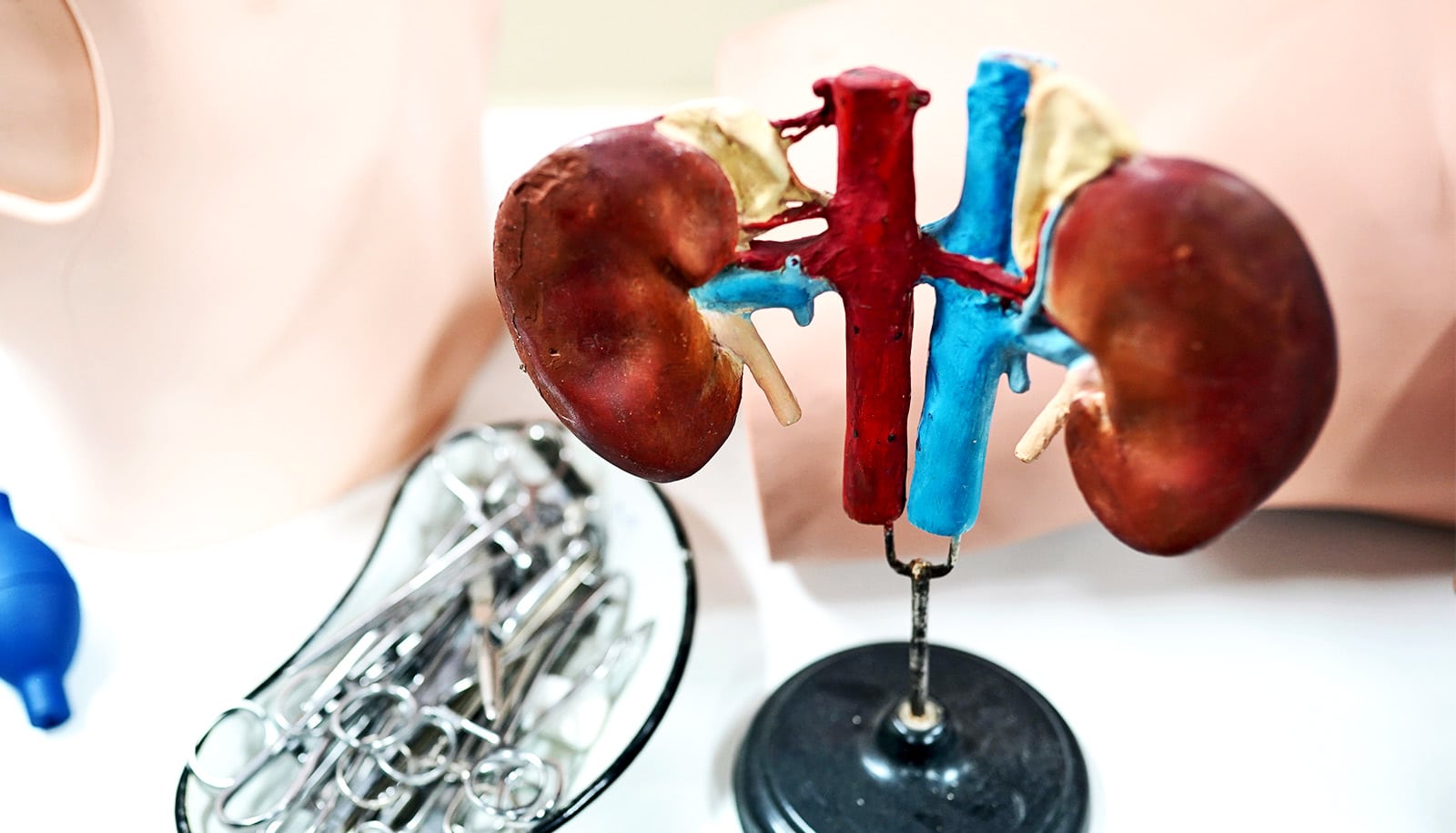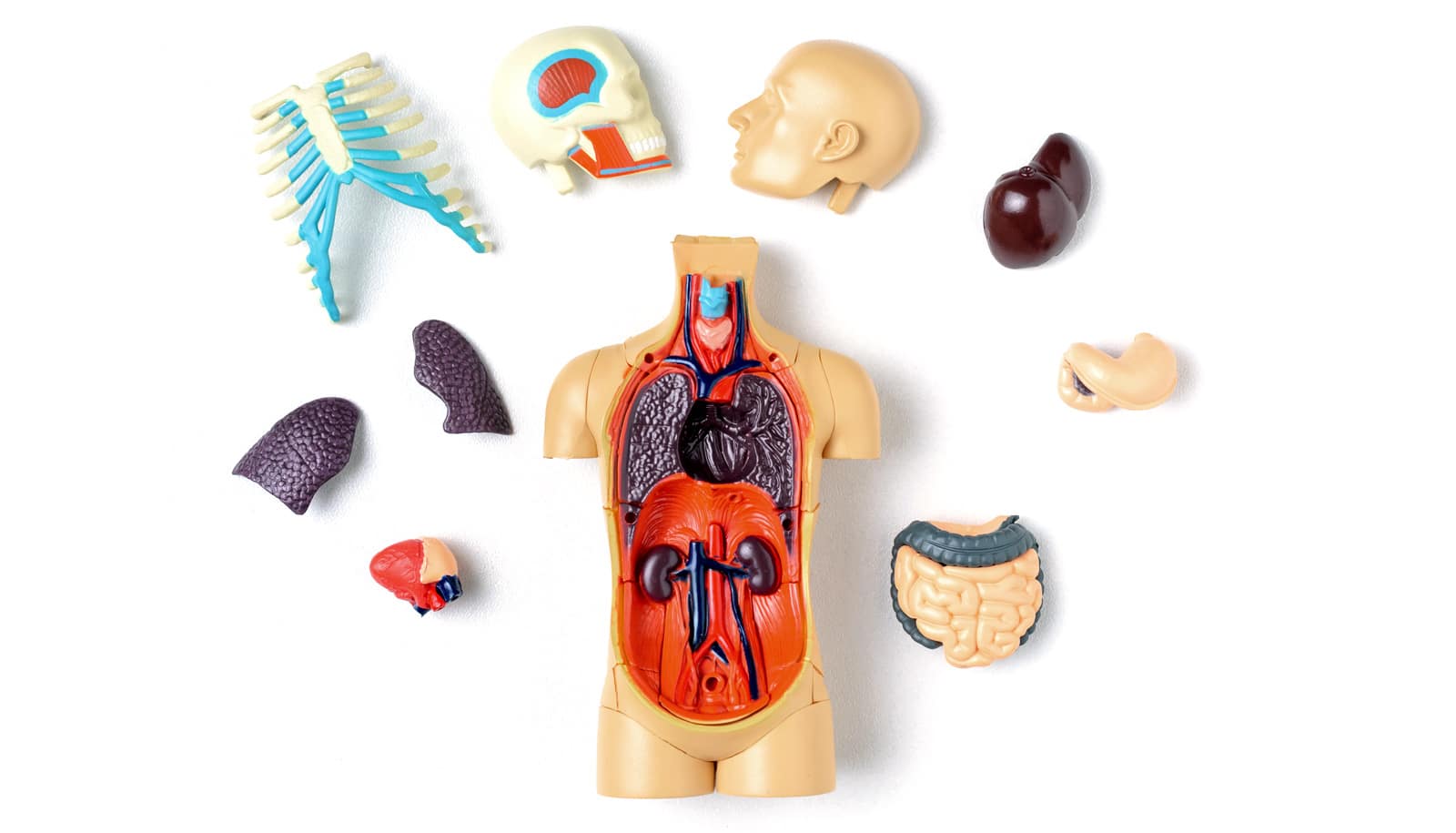Screening all US residents over 35 for chronic kidney disease would increase life expectancy, reduce the number of people requiring dialysis or transplant, and save money, according to a new study.
Chronic kidney disease (CKD) affects 37 million people in the United States, or 15% of US adults. Diabetes and high blood pressure are responsible for two-thirds of cases. Annual Medicare spending on chronic kidney disease is $87 billion and an additional $37 billion is spent annually on kidney replacement therapy.
“CKD is often clinically silent until patients reach late-stage kidney disease, so many people with early-stage CKD are unaware they have it,” says Marika Cusick, a PhD candidate in health policy at Stanford Medicine and lead author of the study in the Annals of Internal Medicine.
“By screening for CKD, we can diagnose and treat it at an earlier stage, improving life expectancy, and reducing the risk of progressing to late-stage kidney disease, which is deadly and costly.”
A new class of drugs, sodium-glucose cotransporter-2 inhibitors, have been found to slow disease progression. These drugs, used to treat type 2 diabetes and approved by the Food and Drug Administration about 10 years ago, changed the discussion over whether screening for early-stage chronic kidney disease improves clinical outcomes, Cusick says.
Screening for chronic kidney disease involves testing for albuminuria, the presence of albumin, a type of protein, in urine. Its presence in urine is an indicator of the disease.
For the study, the researchers used data from the National Health and Nutrition Examination Survey, an annual nationally representative survey by the National Center for Health Statistics to assess the health of some 5,000 adults and children in the United States.
They then extrapolated their results to the full US adult population aged 35 years and older, conducting a cost-effectiveness analysis of screening for albuminuria with and without SGLT2 inhibitors to the current standard of care for chronic kidney disease.
The authors assessed costs, quality-adjusted life years, and incremental cost-effectiveness ratios. They found that screening, in addition to using SGLT2 inhibitors, the 158 million persons aged 35 to 75 years in the United States would prevent the need for dialysis or kidney transplant in 398,00 to 658,000 individuals during their lifetime, depending on the frequency of screening.
Though the researchers found that adding a one-time screening that included SGLT2 inhibitors would increase total lifetime health care costs from $249,800 to $259,000 for 55-year-olds, they believe the intervention provides good value when considering the dollars spent on treating chronic kidney disease and the health benefits.
“Advanced kidney disease harms the health of Americans, places burdens on families and caregivers, and is extremely costly for the health care system to manage,” says senior author Jeremy Goldhaber-Fiebert, professor of health policy.
“This analysis shows that, while it is a substantial undertaking, screening to detect chronic kidney disease before it advances and providing effective new treatments improves health and represents good value for the money and resources used.”
The Agency for Health Research and Quality, the Veterans Administration Office of Academic Affairs Advanced Fellowship in Health Services Research, and the National Institute of Diabetes and Digestive and Kidney Diseases supported the work.
Source: Stanford University



